’80s Subcultures That Time Forgot
The 1980s were a breeding ground for subcultures that were full-on movements. What tied them together was a need to claim space, push back, or just stand out. These communities had their own rules, heroes, and hangouts. They shaped culture from the ground up—and they did it loud, strange, and without asking permission.
New Romantics
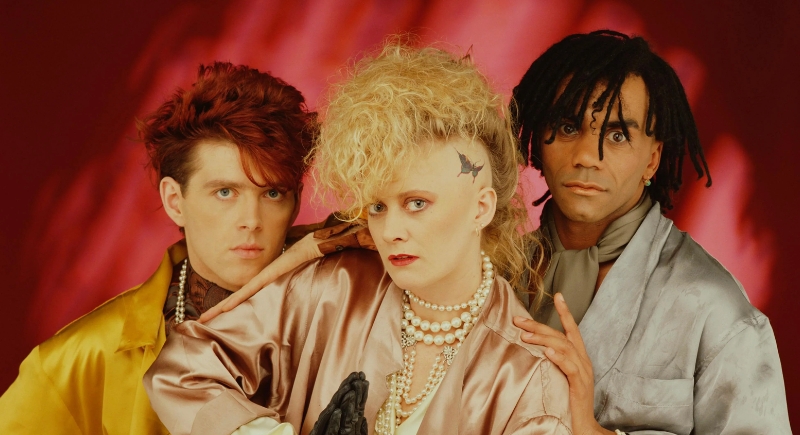
Credit: Reddit
The New Romantics were reinventing. They had roots in early 1980s London and brought theatrical fashion and polished synth-pop into club culture. Groups like Visage and Spandau Ballet shaped the sound, and the Blitz nightclub gave the look its runway.
Glam Metal / Hair Metal

Credit: Reddit
There was nothing subtle about Glam Metal, and that was by design. This scene combined heavy riffs with glam flair. Mötley Crüe and Poison wore eyeliner, leather, and teased hair while lighting up MTV with power ballads and over-the-top videos. The look may have been loud, but the guitar solos were louder.
Punks
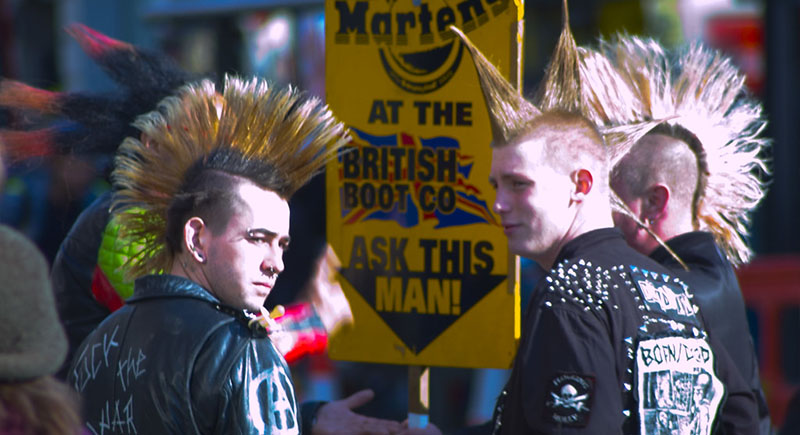
Credit: flickr
Born out of frustration, 1980s punks took the raw energy of the 1970s and turned up the volume. DIY venues, home-recorded cassettes, and anti-establishment lyrics fueled a movement that didn’t care about being ‘presentable.’ It was all mohawks, combat boots, and a total disregard for authority.
Goths
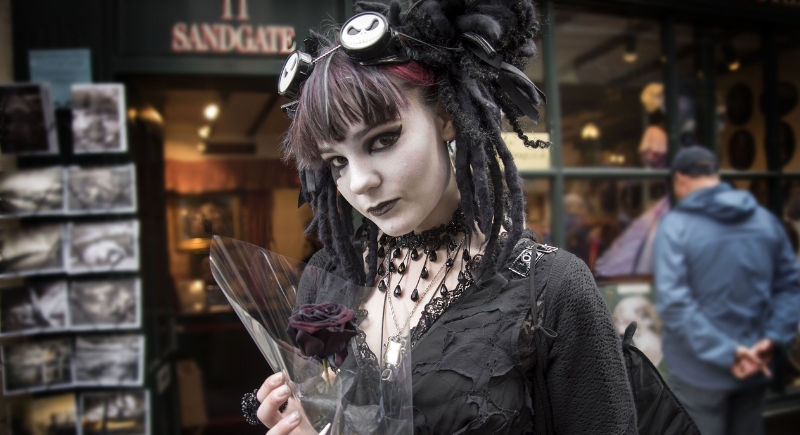
Credit: Wikimedia Commons
Goth culture emerged from the post-punk scene but carved out a world of its own. It wasn’t just about dark clothing—it was about introspection, art, and music that echoed those themes. Bands like Bauhaus and Siouxsie and the Banshees saw beauty in bleakness.
Hip Hop
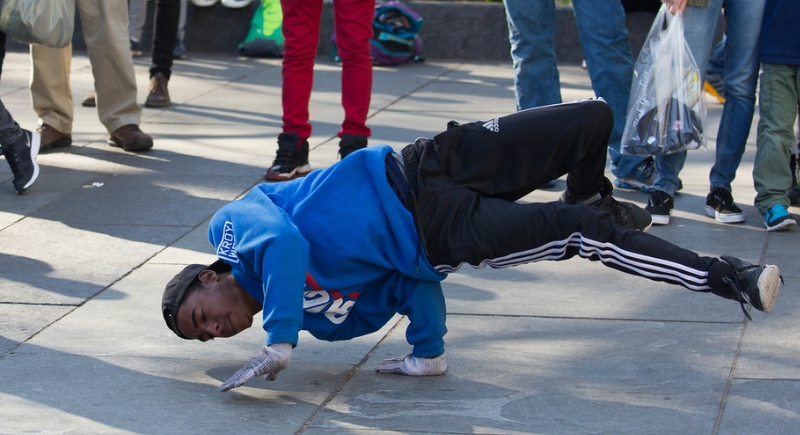
Credit: flickr
By the early 1980s, hip hop had evolved far beyond block parties. It became a full cultural force, with fashion, dance, and visual art moving in step with the music. Run-D.M.C. and Grandmaster Flash were setting the tone for a global movement.
Skaters
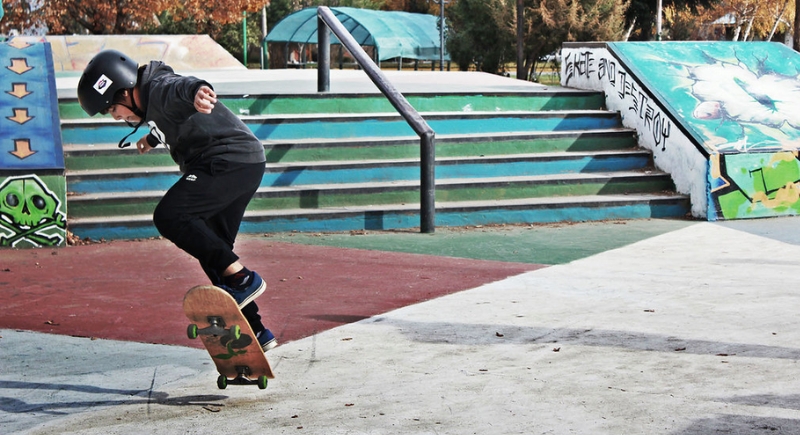
Credit: flickr
Skateboarding was a lifestyle. Zines, VHS tapes, and punk soundtracks helped define the community. Baggy jeans, scuffed sneakers, and scraped knees were standard attire. The streets turned into a competition ground, and attitude mattered just as much as the tricks.
Hardcore Punks
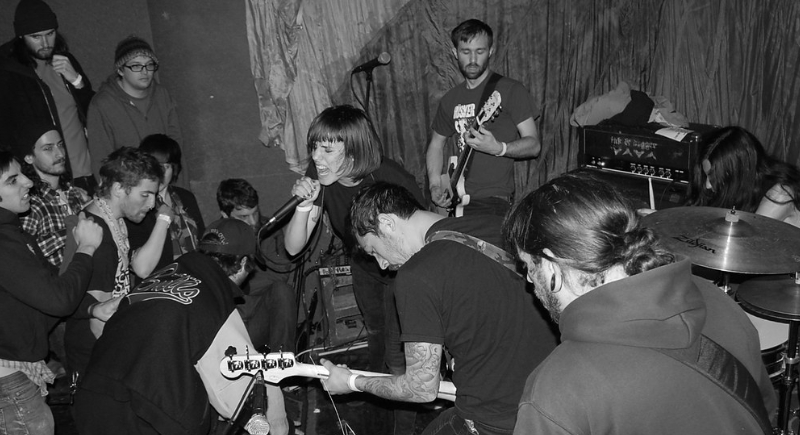
Credit: flickr
If punk felt loud, hardcore was relentless. Minor Threat and Black Flag stripped things down to speed, anger, and political urgency. The scene grew in basements and community centers, full of kids who wanted no part of mainstream culture and didn’t waste a second proving it.
Casuals

Credit: Wikimedia Commons
In the UK, some football fans built an identity around designer sportswear and street-level status. Stone Island, Fila, and Adidas–these brands were trendy and marked territory. Casuals blurred the line between fandom and fashion, often with an undercurrent of volatility.
Rude Boys / Rude Girls
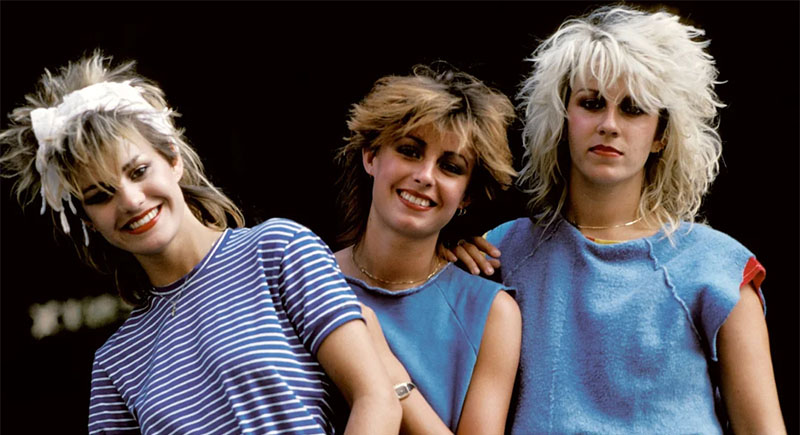
Credit: Reddit
This subculture started with Jamaican ska music and was later reimagined during Britain’s two-tone movement. It was as much about attitude as attire. There were sharp suits, skinny ties, and polished shoes with dancehall roots and politically conscious lyrics. Bands like The Specials helped turn dancefloors into protest spaces.
Rockabillies
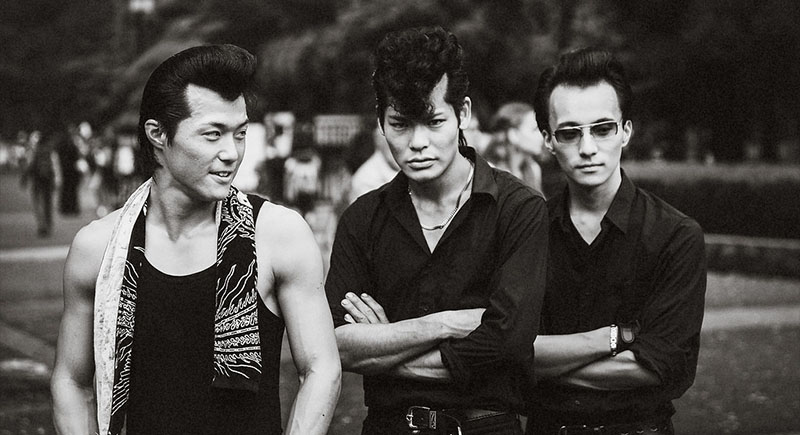
Credit: flickr
While the mainstream raced forward, rockabilly doubled back to the ’50s. The music, the cars, the fashion—it was all in. Upright basses, pin-up style, and pompadours were badges of subcultural loyalty.
Psychobillies
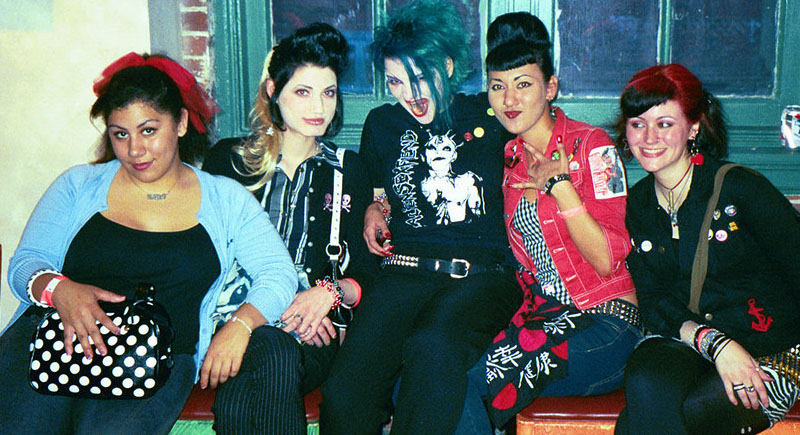
Credit: flickr
Take rockabilly, feed it horror comics and punk records, and you’ve got psychobilly. It was chaotic, campy, and proud of it. The style mixed vintage greaser with B-movie absurdity. One popular band from this scene was The Cramps.
Preppies
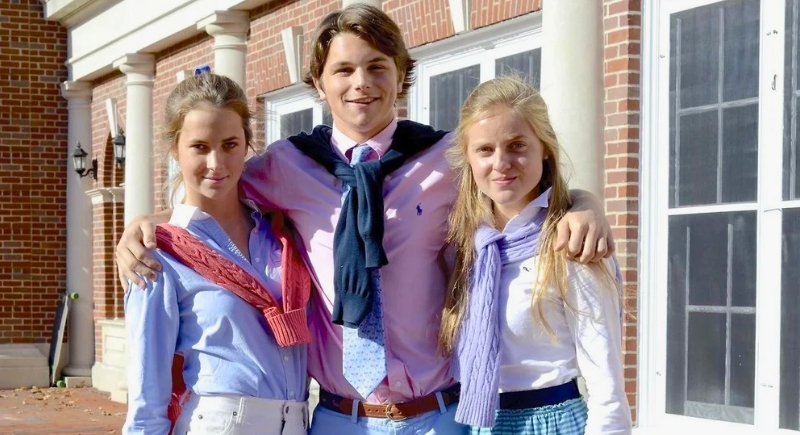
Credit: Reddit
Not all subcultures were countercultures. The preppies embraced the elite image and leaned into Ivy League aesthetics with polo shirts, boat shoes, and color palettes straight out of a yacht club catalog.
Metalheads
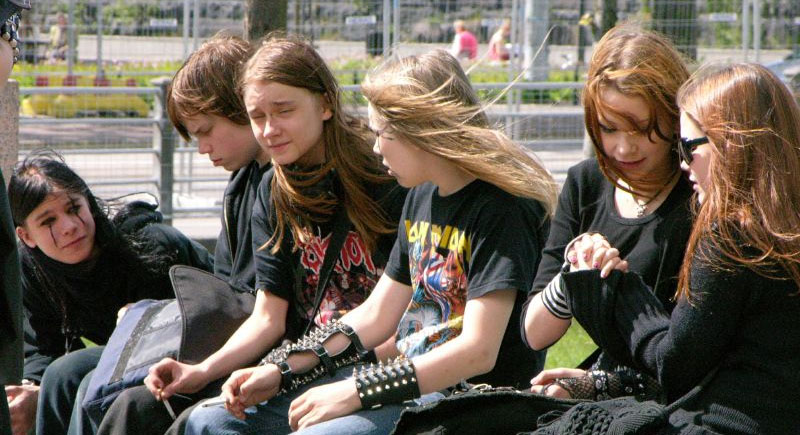
Credit: Wikipedia
You knew them by their long hair and denim jackets patched with band logos. Metalheads lived for concerts, guitar solos, and the intensity of their favorite bands, including Slayer and Iron Maiden. They didn’t chase trends, and they didn’t need approval. The music said everything.
New Wavers
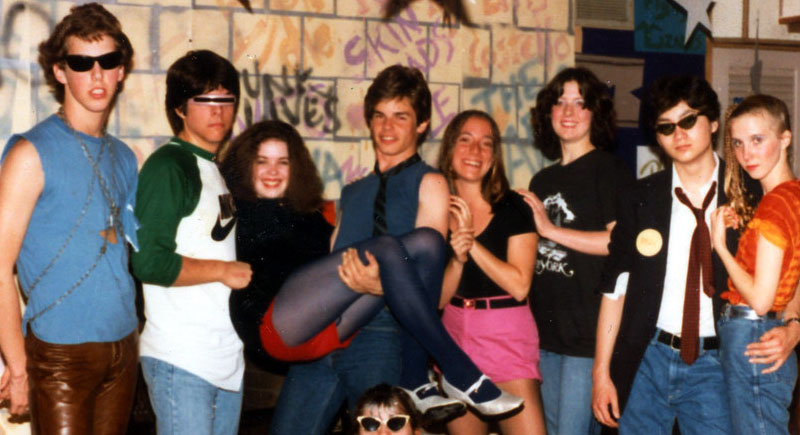
Credit: flickr
The New Wave ethos was about weird, shiny newness. The sound leaned on synthesizers; the look played with asymmetry and color. Devo, Talking Heads, and A Flock of Seagulls gave the blueprint, and fans took it somewhere strange, fun, and completely their own.
Blitz Kids
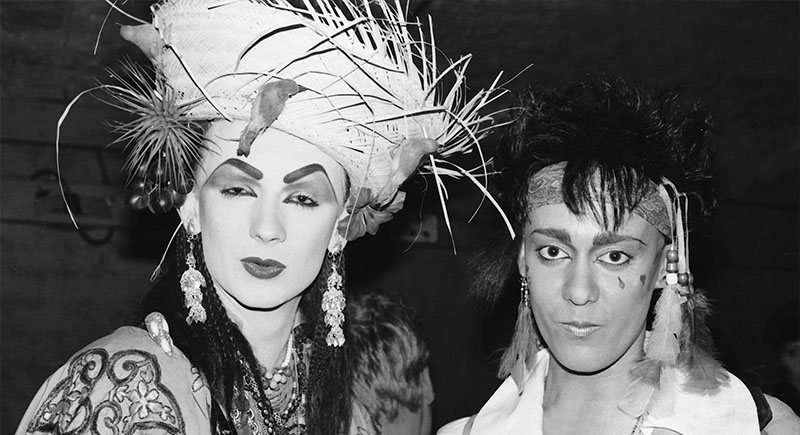
Credit: Reddit
Even among eccentrics, the Blitz Kids stood out. They treated every night as a performance. Outfits leaned avant-garde, makeup was nonnegotiable, and conventional fashion rules didn’t apply. These kids were dressing to astonish.